Enhancing Your Garden with Buried Kitchen Scraps
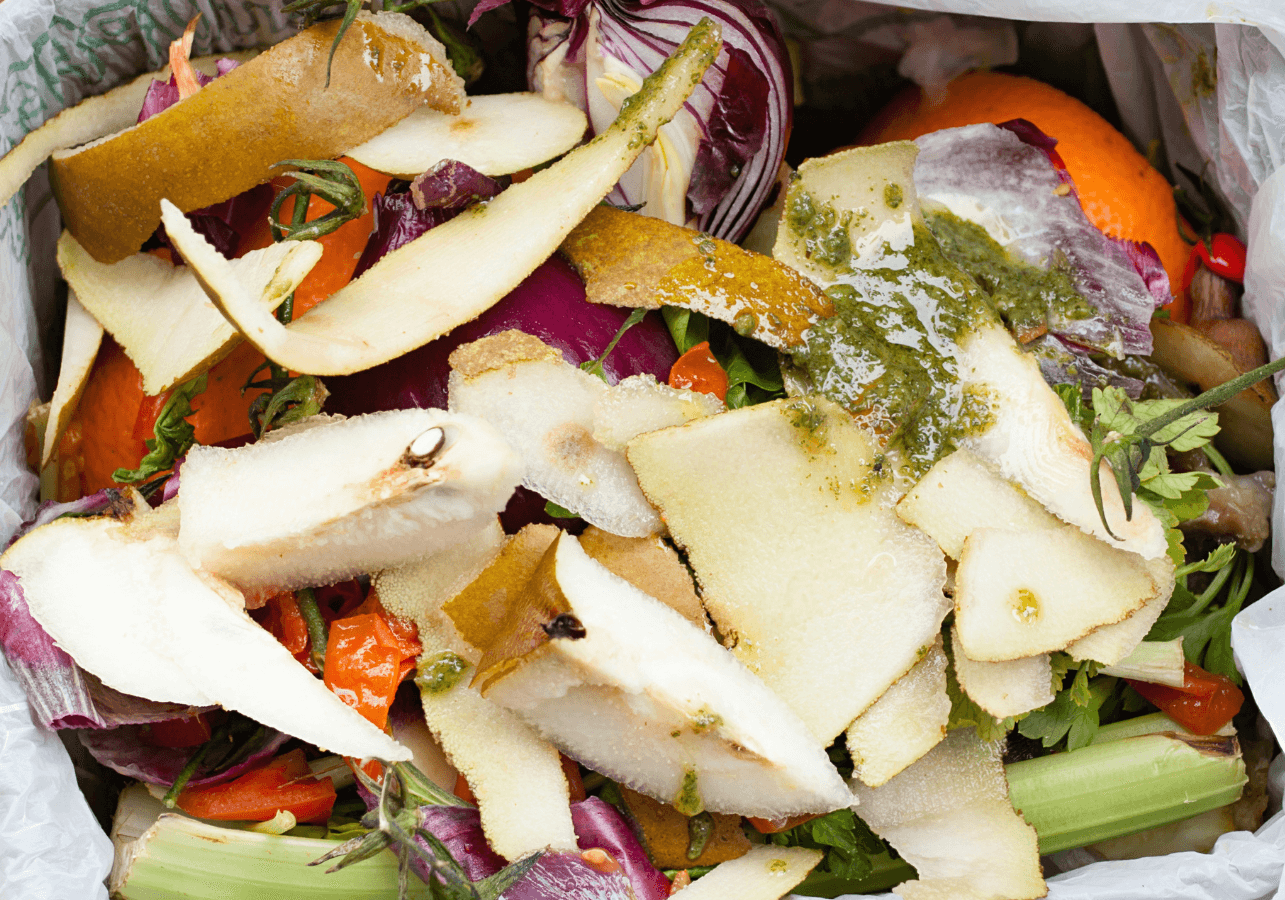
Have you ever wondered what happens when you bury kitchen scraps in your garden? It might sound unconventional, but it's a sustainable and effective way to recycle kitchen waste while enriching your garden soil. In this comprehensive article, we'll dive deep into the fascinating process of burying kitchen scraps in your garden, the multitude of benefits it offers, and the diverse range of items you can bury to transform your garden into a thriving and eco-friendly ecosystem.
The Eco-Friendly Garden Hack
While compost piles and worm farms are undeniably popular choices for recycling kitchen waste, the practice of burying kitchen scraps directly in your garden offers a convenient, eco-friendly alternative. This method has stood the test of time, having been employed by self-sufficient homesteads for decades due to its practicality and effectiveness. It not only helps save space in your trash but also contributes significantly to the overall health and vitality of your garden.
How It Works
Burying kitchen scraps in your garden is akin to turning your garden into a natural recycling center. The core concept is simple yet powerful: bury the scraps approximately 20 to 40 centimeters below the surface, ensuring there's ample soil depth for future plants to thrive. However, it's crucial to avoid overloading the garden area with excessive scraps, as this can lead to unintended consequences.
Think of your garden as an extensive worm farm. By burying kitchen scraps, you're providing a consistent food source for earthworms. These diligent soil engineers not only consume the scraps but also produce valuable nutrients for your plants, including worm castings (worm poop), worm tea (worm juice), and digestive enzymes.
Versatile Scraps
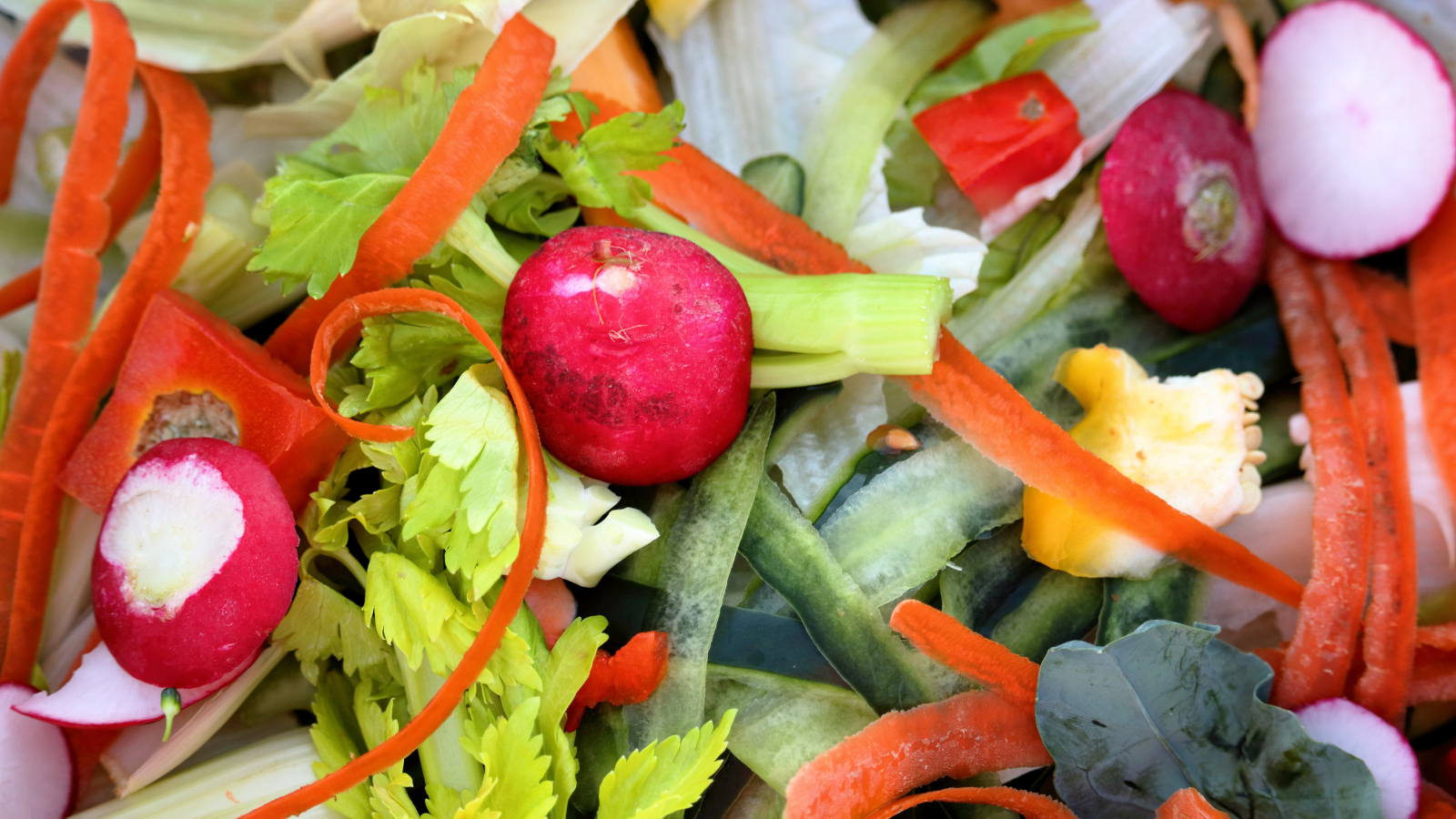
One of the most remarkable aspects of this method is its versatility. While fruits and vegetables are the most common kitchen scraps to bury, you can expand your horizons and bury meat and bones as well. However, exercise caution when it comes to meat and bones, as excessive quantities can result in unpleasant odors or attract unwanted wildlife to your garden.
Fish Heads and Fishbones
Gardeners have long celebrated the practice of burying fishbones for their garden's health, with a particular focus on enhancing the growth of tomatoes. By burying a fish head a foot below the surface and planting tomatoes on top, you can witness exceptional growth and productivity in your tomato plants.
The nutrients released during the decomposition of fishbones are rich in phosphorus and calcium, both of which are essential for robust plant development. These minerals prove especially beneficial for fruiting plants like tomatoes, peppers, and eggplants. The gradual breakdown of fishbones ensures a steady and sustained nutrient supply to your plants, promoting vigorous growth and bountiful harvests.
Banana Peels and Corncobs
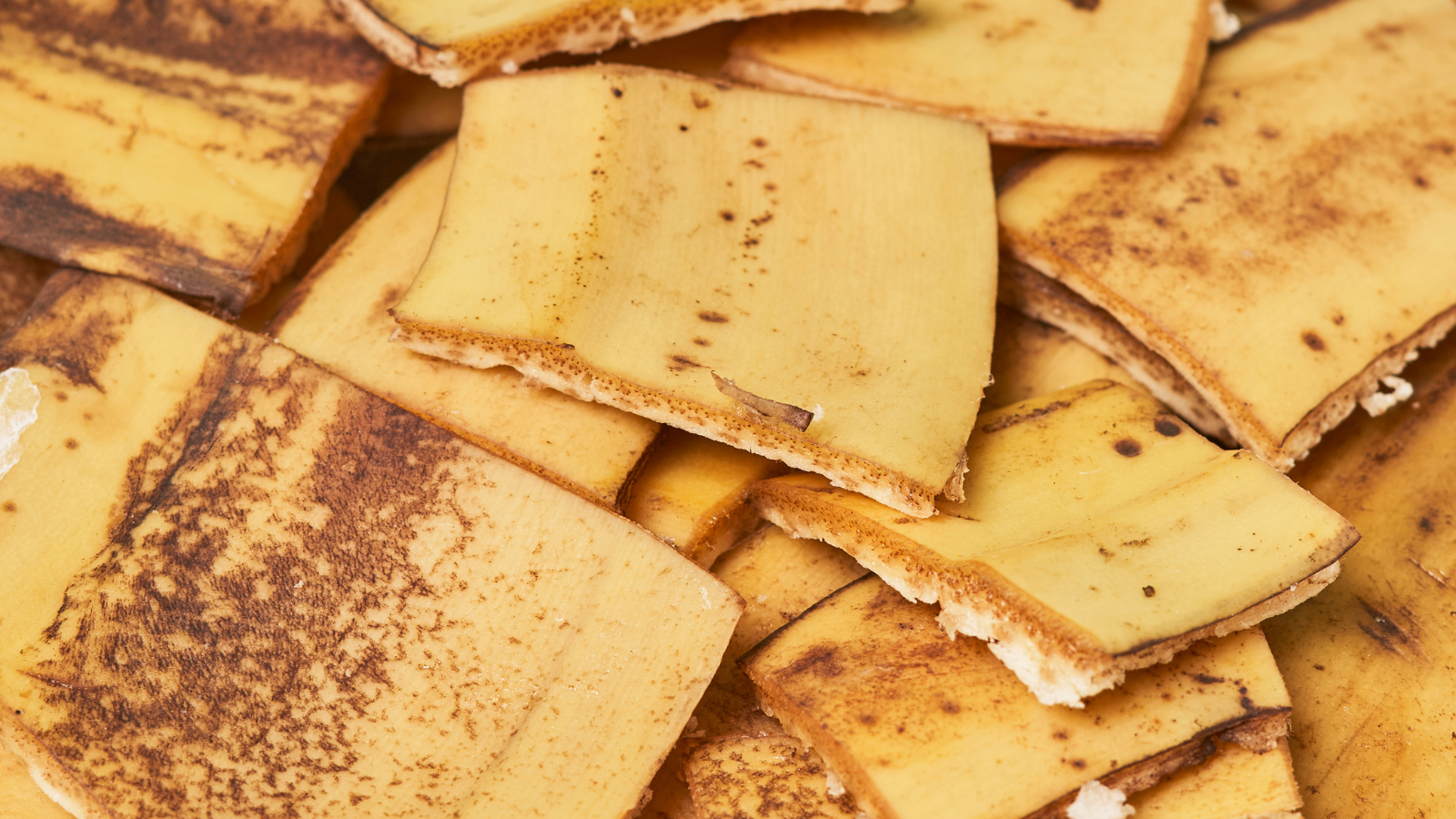
Banana peels and corncobs are excellent choices for enriching your garden soil. After burying banana peels, you'll notice them disappearing within 4 to 5 weeks, thanks to the diligent work of earthworms. This not only benefits the soil but also encourages the growth of other vegetables, such as onions.
Corncobs, when buried, undergo a similar transformation, being devoured by earthworms within 3 to 4 weeks. This rapid decomposition significantly enriches the soil, enhancing its texture and fertility.
Other Valuable Scraps
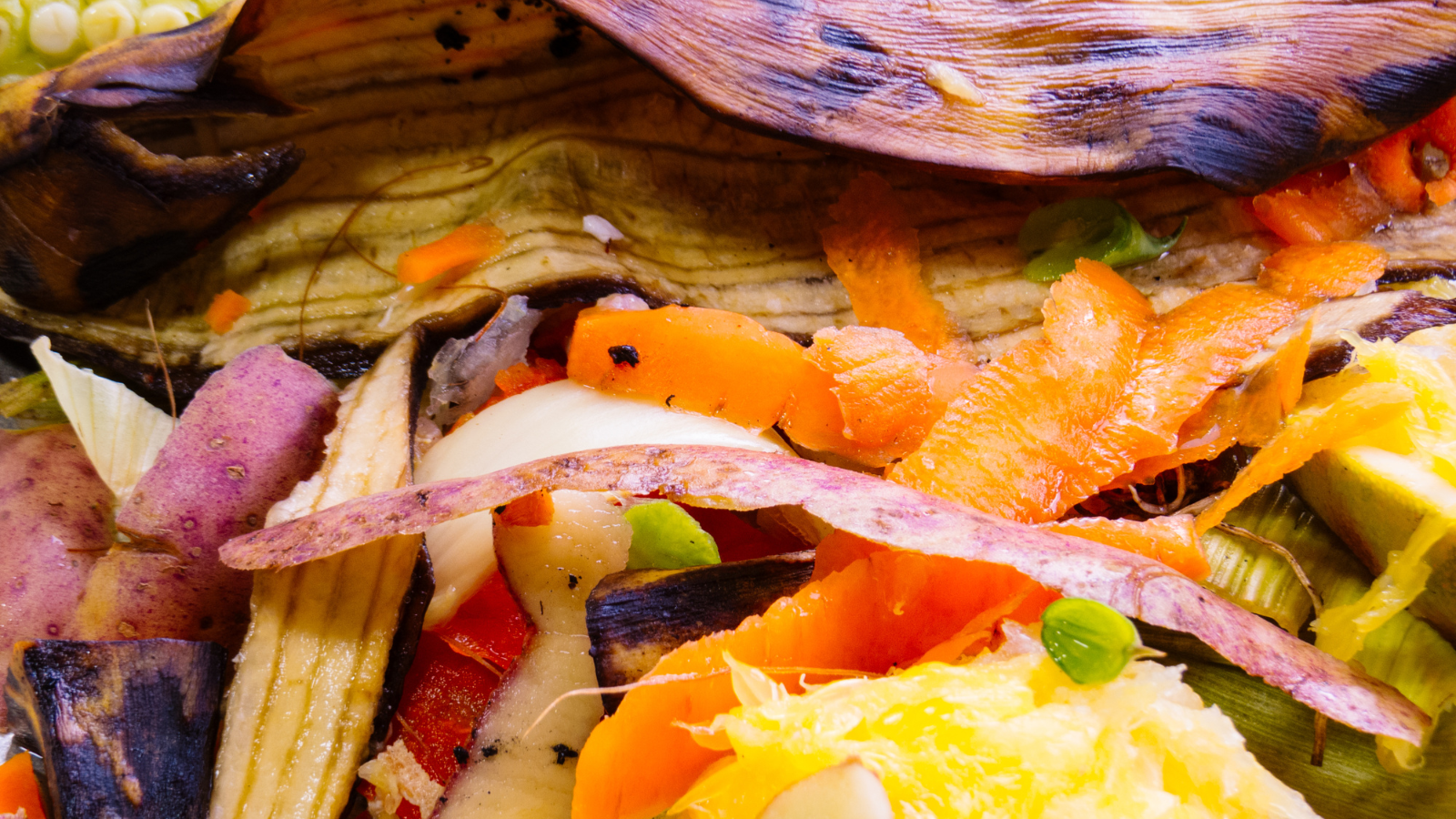
In addition to banana peels, corncobs, and fishbones, you can diversify the mix by burying coffee grounds, eggshells, nutshells, and even old bread. These waste items contribute not only to enriching the soil for growing vegetables but also to enhancing flower growth. For instance, eggshells are renowned for their positive impact on flower growth, even when potted.
Coffee grounds introduce nitrogen to the soil, promoting healthy green growth in plants. Nutshells, though slow to decompose, release valuable nutrients over time. Surprisingly, even old bread, while unconventional, can serve as a source of organic matter for your garden, supporting microbial activity and improving soil structure.
Maintain a Thriving Garden
Always bear in mind that a thriving garden is, above all, a vibrant one. By incorporating kitchen scraps into your garden soil, you're nurturing a rich and dynamic ecosystem that benefits all living organisms within it. Leftover kitchen scraps and food should no longer be relegated to the trash; they have the potential to become valuable assets in your gardening endeavors.
To maximize the benefits of this practice, consider dividing your garden into different zones and strategically bury various types of waste. This approach allows you to closely monitor the results and tailor your burying practices to suit the unique needs of each area. Moreover, it helps you keep an accurate record of the quantity of scraps you bury, preventing overuse and ensuring a balanced nutrient supply.
Experiment and Observe
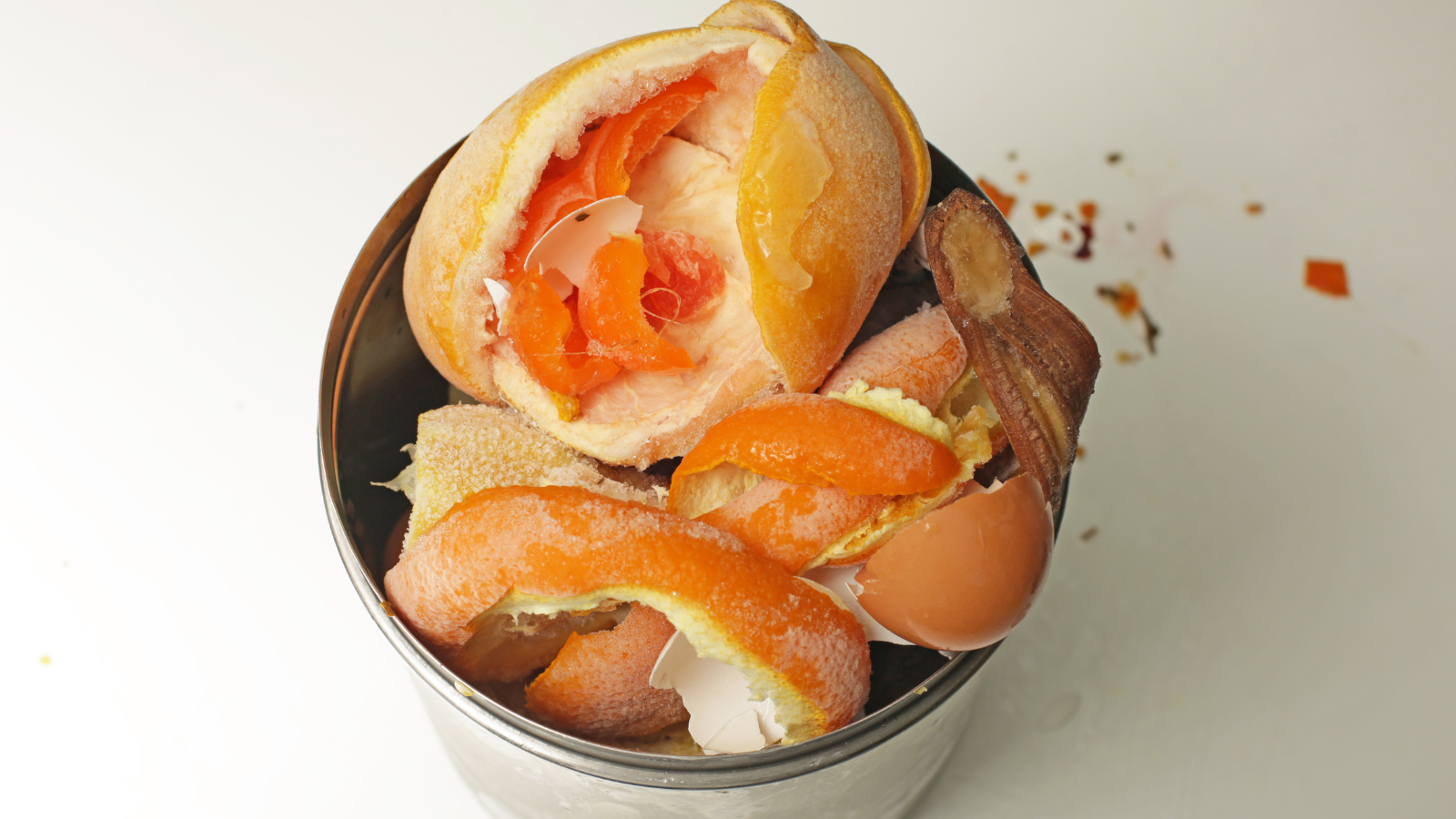
Gardening is a captivating blend of art and science, where experimentation often yields valuable insights. While burying kitchen scraps can indeed produce fantastic results, each garden possesses its own distinct characteristics and quirks. Therefore, don't hesitate to experiment with different types of scraps and burying methods. Maintaining a gardening journal to record your observations and track your plants' progress can be immensely informative and rewarding.
In conclusion, burying kitchen scraps in your garden represents a sustainable, eco-friendly, and highly efficient approach to recycling waste while nurturing a flourishing and productive garden. Earthworms play a pivotal role in this process, effectively transforming your garden into a thriving ecosystem teeming with life and vitality. So, the next time you contemplate disposing of kitchen scraps, think twice—your garden might just extend its heartfelt gratitude. By experimenting, observing, and harnessing the power of buried kitchen scraps, you can cultivate a garden that thrives like never before. With a touch of creativity and an unwavering commitment to sustainability, your garden can flourish beyond your wildest imagination, enriching your life and the environment simultaneously.




Submit your email and confirm subscription to receive the download link, along with more e-books and helpful tips.
Don't worry, you can unsubscribe at any time
We Value Your Privacy And Your Information Is Never Shared
This site is not a part of the Facebook website or Facebook Inc. Additionally, this site is NOT endorsed by Facebook in any way. FACEBOOK is a trademark of FACEBOOK, Inc.
